Getting prepared, truly prepared, for the various trials, tribulations and other assorted disasters that life can throw at you is not easy. If you are new to prepping, it might seem like there is a bottomless list of various resources, gear and other items that you’ll need before you can call yourself even nominally ready.
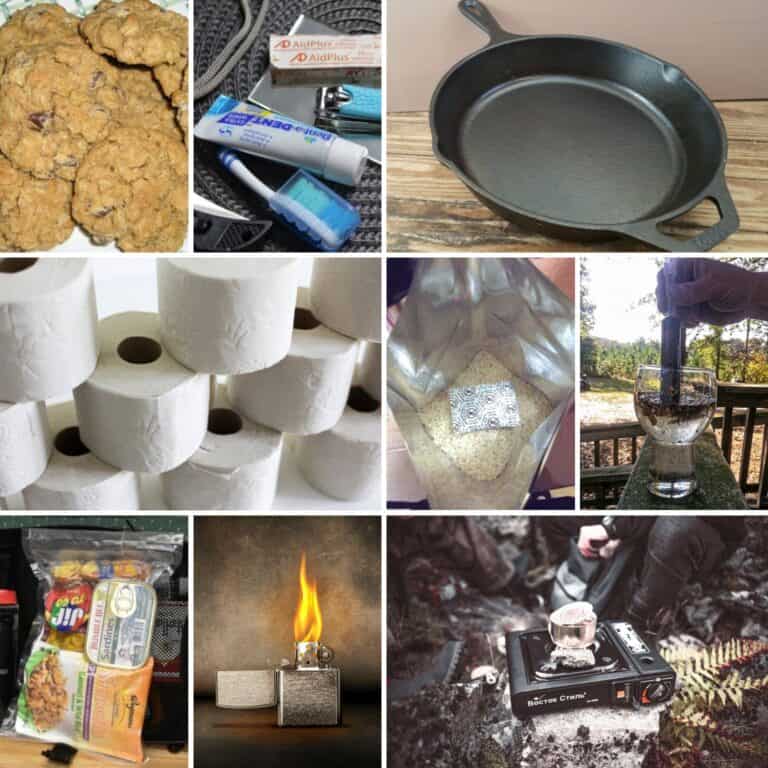
Even for experienced preppers there are always a few things that wind up forgotten, things that might be sorely missed when you discover you could use them in the middle of an emergency.
And while it is true that having the right skill set can make up for a lack of gear, there is hardly a single survival expert to be found anywhere who would not advise you to become materially prepared now, ahead of time, prior to the onset of serious trouble.
But most of us aren’t made of money, and even for the best prepared and most diligent among us things might unfold in such a way that we are deprived of our carefully laid preps or separated from them.
This is where a little specialized know-how can save the day.
From commonplace, everyday items that serve double duty as essential survival tools to more specialized pieces of kit that seemingly everyone forgets about no matter how well prepared they are, this list of 20 items represents survival gear that most prefers, brand new and salty veteran alike, have forgotten exist.
Review this list, commit it to memory and then you can be sure that you’ll shore up any gaps in your own preparations or will be able to make do with minimal equipment in a pinch.
1. Dryer Lint
Dryer lint!? How on Earth is dryer lint supposed to help you in a survival situation except giving you practice for surviving a house fire- after it accumulates in your dryer resulting in a dryer fire that burns your house down!
There is a clue in that rhetorical question, one that preppers from days gone by knew very well. Dryer lint does burn exceptionally well, so well in fact that it makes excellent tinder for fire starting.
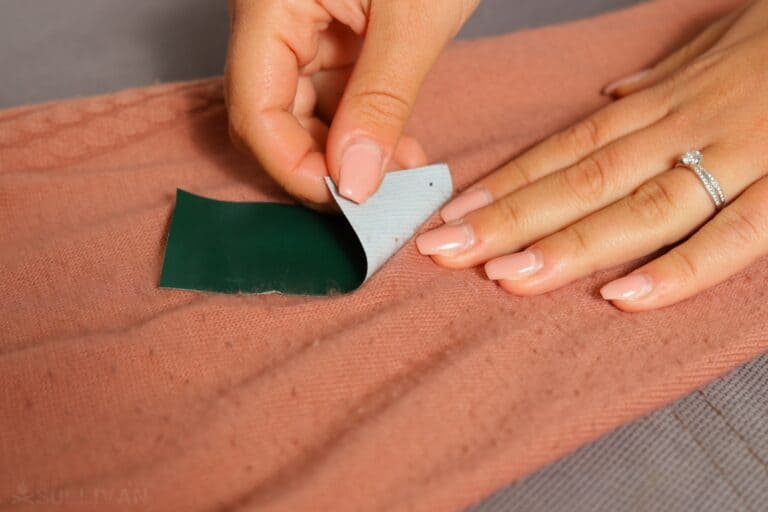
Dryer lint burns hot and fast, weighs almost nothing, and is extremely easy to carry around in a small sealing baggie or tiny canister.
You can do far worse than dryer lint when you need to get a fire started in a hurry, and all you will need to do to prepare your tinder is pull it out of your container, tear off a small hunk, and then fluff it up before putting a lighter, match or spark to it.
If drier lint has any shortcoming it is that it is not waterproof, but then again there is very little that is. Take pains to keep your dryer lint as dry as the rest of your fire starting material and it will serve you well. Make sure you save a batch the next time you clean out your lint trap!
2. Bleach
Common, standard household bleach is a chronically forgotten-about and undervalued survival prep.
Though most folks only think bleach will save the day when it comes to getting a stubborn stain out of a partner’s prized garment, bleach actually has far more utility than you might expect during any legitimate SHTF situation.
The first and perhaps most obvious use for bleach is as a germ-fighting agent. In a pinch, bleach can be used to clean and sterilize all kinds of surfaces, tools among other things and this could be crucially important anytime the threat you are dealing with is a virulent pathogen.
A solution of bleach and water also makes for an excellent (if slightly harsh) hand wash when you’re forced to resort to more, ah, primitive methods of human waste disposal and personal cleanliness.
But perhaps bleach’s single best attribute is its ability to sterilize water of bacteria and viruses, making it safe to drink once treatment is complete.
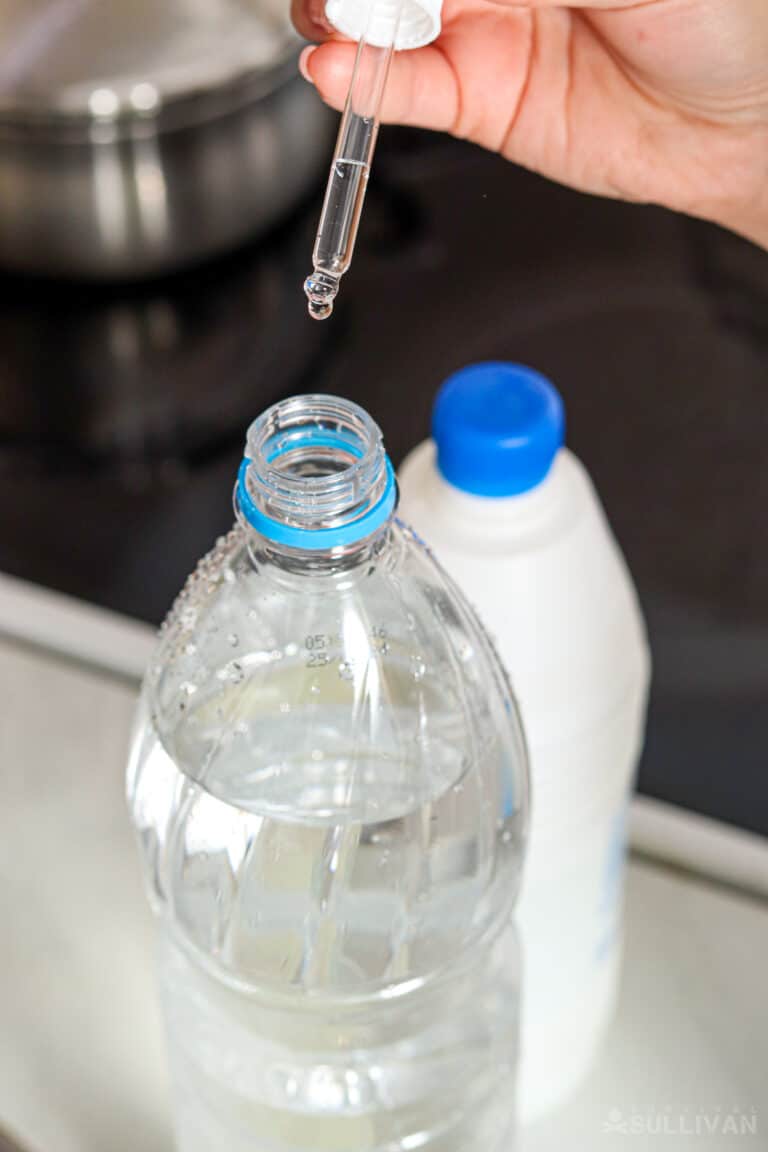
This process is actually far simpler than you might anticipate, and safer, but you will need to start with bleach and water that has been filtered to reduce turbidity.
Even if the filter cannot take care of the germs the bleach can, making it an excellent one-two punch for use with an improvised or primitive filter. All you need to do is add a tiny (but specific!) quantity of bleach to a given quantity of water, agitate it, and then wait for the bleach to work before drinking it.
One important note concerning this method: You must not use any bleach with additional fragrances, thickeners, splash reducers or any other chemicals. Just use pure chlorine (sodium hypochlorite) bleach for the purpose.
3. Steel Wool
Steel wool is another great and sadly underutilized prep that is handy in a variety of situations. Fine steel wool is useful for polishing, removing rust and corrosion, and general cleaning of various metals.
This could come in handy for maintaining and restoring hand tools, firearms, electrical contacts, and more. This makes it perfect for including in a toolkit and all the nicer because it weighs next to nothing and a little bit can go a long way.
But steel wool also has a nice “sleeper” function when it comes to the business of survival: it can be made into an excellent, improvised electrical fire starter when combined with a battery. This is one of those “adult supervision required” things if you are a youngster, so take heed.
All you need to do is take your steel wool and roll it up into a vaguely tube shape and then stretch it out so that you can make contact with the positive and negative terminals of the battery, shorting it.
You will notice a portion of the steel wool begins to glow cherry red, and therefore extremely hot in virtually no time and this will easily set fire to tinder.
Remember this trick if you are trying to get a fire going in difficult conditions, and have an abundance of batteries – thanks no doubt to the plethora of electronics you carry!
4. Safety Pins
Safety pins are another survival item that is so innocuous they might seem useless for any conceivable task. At least, they will at first. Benefiting from a little bit of old school prepper lore or a flash of innovation you will discover that they are indeed good for quite a bit.
As far as mundane uses go, safety pins are excellent for, well, pinning things together. This could be an information sheet or a note attached to a casualty.
It might be something simple like hanging up a blanket or tarp to create a little bit of privacy or just some shade. It might also hold your pants together when you’ve blown out your zipper or a button.
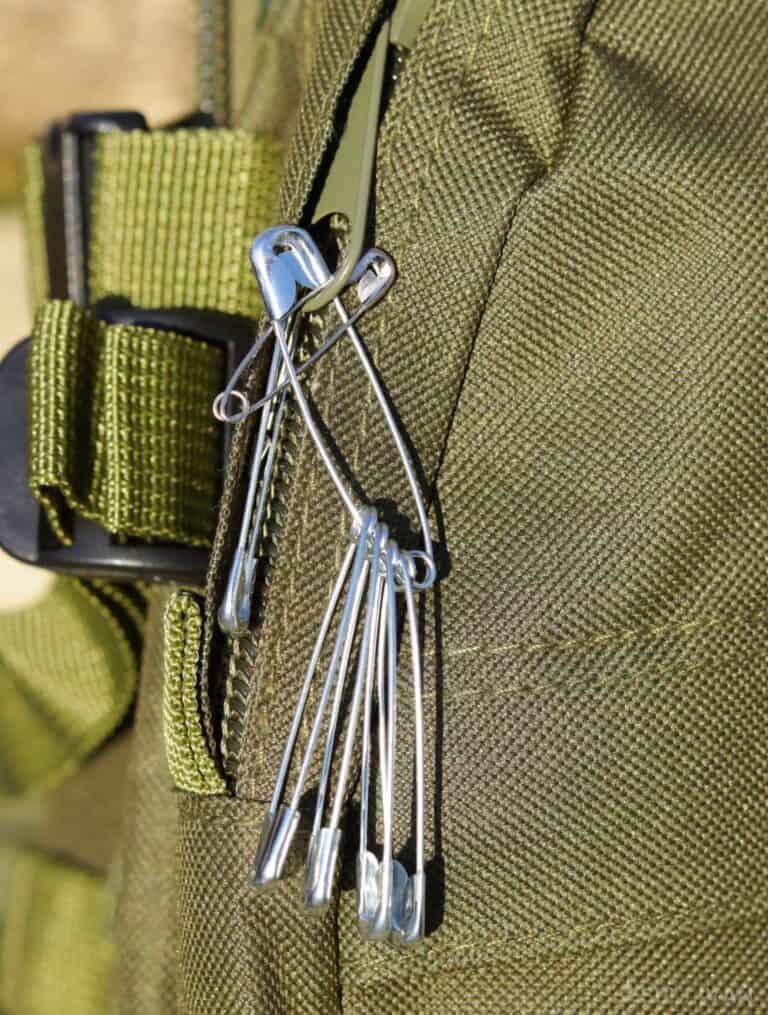
But safety pins are also useful or other primary survival tasks. Safety pins are usually made of high quality spring steel and excellent for fashioning into fishing hooks, spear points for a frog gig or trident, or fashioning into tensioners or triggers for use with various traps.
Safety pins might also be just the ticket when employed as a primitive drill for detail work or as a scribe for softer materials. Once again this is an item that is so inexpensive, so plentiful and so lightweight you have no excuse for not including them in your kit.
5. Superglue
Superglue is an entirely common but nonetheless extraordinary adhesive. The bond it creates grabs almost instantly, cures quickly, and is very strong (though it does not hold up well under shearing stresses).
Even so, it is a multi-purpose and highly useful tool that you will want to add to your bug-out bag tool kit, or at home tool chest. If you have a tube of superglue, you are ready to fix all kinds of broken things be they made from rubber, wood, metal, ceramic or fabric.
You can do the job and do it quickly with a tube of superglue, meaning you can fix a hole in torn clothing, tents and sleeping bags just as easily as you can damaged shoes, tool handles and more.
But there is one other use for superglue that you might not expect, and that is in the medical realm. Superglue has attained some fame, or you might say infamy, as a method of closure for small lacerations and punctures. After all, it does bond skin instantly, right?
So long as the wound is not particularly deep, and no major veins, vessels or nerves have been damaged, you can easily close and seal a wound by applying a bead of superglue before pressing the edges of the wound shut.
Most medical professionals will probably excoriate you for using superglue instead of genuine “liquid stitch” products but honestly there is not too much difference between them.
6. Panty Hose
This has to be one of the most eyebrow raising items on this list. For what possible reason would you need to pack pantyhose or scavenge them in a survival situation!? As it turns out, in quite a few potential situations!
You can laugh all you want at the notion, but experienced hikers and mountaineers know that pantyhose actually work quite well to help prevent blisters and will often be put on before your “dogs start barking”.
A blister might not sound like an event worthy of mention, but consider that a bad blister could slow you down or even stop your movement entirely in a survival scenario, to say nothing of posing a substantial risk of infection once it ruptures.
But beyond their typical utility as socks or leggings the ultra fine, mesh-like material that pantyhose are made from makes them excellent for incorporation into an improvised water filter.
They will be capable of catching and filtering all but the finest debris and can even work well as a first stage filter when paired with nothing more than a bandana.
Lastly, since they are made from a fine mesh, pantyhose also work superbly as an improvised mosquito net or screen capable of stopping the smallest parasites from getting to your skin.
Their elastic nature might mean you need to experiment a little bit to find a configuration that will afford you some standoff but lacking a proper bug veil pantyhose are the next best thing.
7. Baby Wipes
Baby wipes, or wet wipes, are one of those “why didn’t I think of that” survival items. Though they are obviously helpful if you have a baby, most people don’t spare them any thought otherwise.
That is a shame, because they are excellent for their prescribed purpose of keeping your backside clean but also great for improvised baths in the field. When water is either scarce or suspect, or you simply cannot spare the time to break down for a full personal hygiene session baby wipes are just the thing!
Using nothing more than a handful of baby wipes, it is possible to hit all of the trouble areas on your body with a reasonable thoroughness.
At best, you will come out cleaner and fresher than you were before, and at worst, in case you are truly pig pen levels of filthy, you’ll be able to stave off the worst of the odor and other ill effects of going around unclean. Trust me, your body as well as your fellow survivors will thank you.
Make sure you include a sizable package of baby wipes in your survival kit no matter what your plans are.
8. Floss
As mentioned above, personal hygiene is important even in the middle of a survival situation. If you don’t take care of your body pretty soon it will begin to fall apart and that includes your teeth, tongue and gums.
Floss is a ubiquitous part of most folks’ oral care routine, and that can continue even in the midst of an SHTF scenario, but floss can also do so much more for you under the circumstances.
The same characteristics that make floss usable as, well, floss means that it makes pretty good cordage for various tasks. Think about it. It is thin, supremely flexible, and quite strong.
This makes floss one of your first choices in a survival situation when you need lashing for a spear or arrowhead, for use in a small game trap, for stitching, various repairs and all kinds of other assorted tasks.
Once again, floss is extremely cheap, ubiquitous and weighs next to nothing even inside its dispenser meaning you have no reason for not tossing a roll or two into your kit.
9. Snare Wire
Snare wire is another item that usually does not rate a second thought from preppers if they think about it at all in the first place.
Trapping, as a skillset, and even in the context of employing one or two traps for supplementary gathering, is a dying art these days and so snare wire often goes forgotten. This is a shame, because snare wire might be one of the most useful types of cordage so long as you have the know-how to make use of it.
As the name suggests snare wire is extremely useful when incorporated into the placement of traps for small or even medium sized game where it can affect a capture or be used as a tripwire for activating a larger trap.
Do keep in mind that snare wire is most typically metallic, and cutting it with a knife is going to be hard on the knife’s edge. You should utilize alternate methods for cutting it to length or employ wire cutters or snips typically found on multi-tools for the purpose.
Also keep in mind that snare wire can make extremely strong cordage of sorts for certain applications, so don’t be afraid to come up with alternate uses for it.
10. Antibiotics
Most preppers are entirely acquainted with the importance of maintaining a well-stocked medical kit, and also keeping up the skills necessary for a successful medical intervention when lives could potentially be at stake.
Even in the best of times, when you need help right away it is only minutes or hours away, and it will be even longer before you can get proper medical care in the middle of a survival situation, if you can get it at all. This means it is up to all of us to become our own “first responders”.
Even if you have all of the tools you need for fixing a variety of injuries – everything from broken bones and sprains to lacerations, impalements, burns and more – one thing that is probably missing from a properly stocked survival first-aid kit are general purpose, wide spectrum antibiotics.
Keep in mind that infection and illness caused by a variety of bacteria today are only considered trivial because of our universal access to effective and reliable antibiotics pretty much on demand.
When you don’t have that access to antibiotics even the most minor injury could spell disaster, or death, because you have no reliable way to kill off the bacteria causing the infection. There is no reason you shouldn’t have access to this capability in an emergency.
Talk to your doctor, and assuming he is amenable to your desires, see if you can get a functional and ongoing prescription for antibiotics to include in your first-aid kit.
11. Cigarettes
Far be it from me to recommend that you turn to various vices in times of trouble, but people who enjoy them don’t need a reminder anyway. As it turns out, cigarettes, or more accurately tobacco, can actually help you out quite a bit in a survival situation.
Yes, nicotine is addictive. Yes, cigarettes are bad for you, and you shouldn’t smoke them. But despite these negative effects, cigarettes have much to commend them when the chips are down.
First, cigarettes make excellent bartering material, as there will always be somebody willing to trade in order to get there fixed and this is something you can capitalize on.
Second, health problems be damned, smoking is a time-honored and ancient pastime that can help “grease the social gears”, helping you make friends, and be accepted in times of trouble and uncertainty.
But beyond their use as a commodity, the nicotine in tobacco has practical uses. It can help calm your nerves, reduce anxiety, and give you a much-needed pick-me-up when you are running on the raggedy edge from a lack of sleep or just life-altering stress.
Nicotine is also, notably, a highly effective mental sharpener, and can provide some clarity in times of uncertainty. Don’t underestimate this small perk, as you should make use of every edge you can get in a survival situation.
12. Chem Lights
Nobody needs to be told the importance of having on-demand personal lighting solutions during a survival situation.
It will never fail that you’ll be either in a built-up urban or suburban area when the power is out, or in the middle of a natural setting where providing substantial lighting after dark is totally on your shoulders.
Most people, to say nothing of preppers, will rely on a variety of battery and liquid-fueled powered gadgets to provide light, foremost among them flashlights and headlamps but also lanterns and others gadgets.
One undervalued and underutilized prep in this category is the humble chemlight, or snap light, those spacey looking glow in the dark tubes that are commonly seen at parties, around Halloween and other festive activities. These lights are no mere novelties, however!
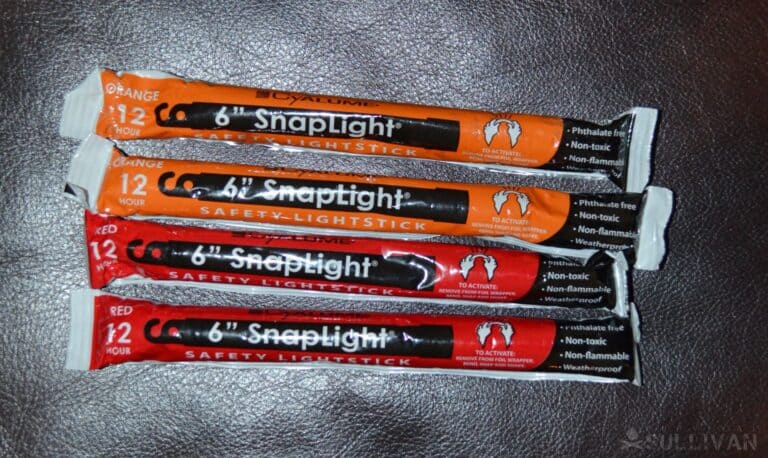
Chem lights are an extremely safe, non-toxic and virtually heatless lighting solution that is completely self-contained.
All you need to do to activate them is bend them until the inner ampoule breaks before giving them a shake to mix the contents that will then begin to emit light in a soft glow.
These lights work excellently for close range area lighting, path marking, personal marking and signaling in a variety of situations. They are lightweight, inexpensive, and as safe as safe can be, making them perfect for use around children, the elderly and infirm.
13. Pencil Sharpener
It is true that you might have need of a pencil sharpener in a survival context for its normal usage of sharpening pencils (perhaps in order to record critical information or leave someone an important note), but aside from this pencil sharpeners also have a surprising amount of capability for other tasks and no survival kit of mine is now complete without one.
Forget about the pencils for a minute, and consider how a pencil sharpener is actually used to put a sharp point on a wooden rod.
You can employ a pencil sharpener with all sorts of found or scavenged wooden objects such as branches, twigs or even dowel rods to produce sharpened points useful in crafting weapons traps and other objects. You can also use it to fashion “choker” hooks for fishing and toggles for other purposes.
The shavings produced by its operation too are useful as tinder, as the paper thin sheets of wood will catch fire and burn quickly, making them excellent for getting kindling started.
Every pencil sharpener is reliant upon an internal blade to do the sharpening, so if you like the idea of having this capability and a survival situation you should make it a point to purchase a quality sharpener that can work much longer without maintenance.
14. Fire Extinguisher
You can be ready for anything, every kind of natural disaster, every kind of man-made catastrophe but chances are you aren’t ready for one of the most common and most devastating emergencies that can befall anybody: a simple fire.
It seems incredible, but I have met too many preppers that are armed to the teeth, ready for anything and completely fortified for all occurrences, yet they do not have a fire extinguisher in their home and/or vehicle.
House fires in particular are one of the most devastating, unpredictable and difficult to stop events that could possibly befall you. Your average house fire goes from out of control, accidental interior fire to a fully involved raging inferno in a span of under three minutes.
What’s worse, fires are a perennial concern in the aftermath of the destruction wrought by all kinds of events so you must be prepared to tackle them.
There is but one tool that will allow you to reliably combat a fire before it gets so large and so out of control you have no chance but to evacuate: A fire extinguisher.
Your home and daily driver should both be equipped with ABC-rated fire extinguishers that are placed where they are accessible, but not where a fire is likely to start.
This is in order to assure they remain accessible when your life, not to mention your car or home, is on the line. Also consider that a fire extinguisher might be the only thing that allows you to clear a safe path out of the blaze, and you might start to see why they are so important!
15. Garbage Bags
Believe it or not, garbage bags are another survival “superstar” tool, and one of the best possible things you can have with you when the time comes to improvise shelter, water catchment systems, ground covers or even entire shelters. How can this be possible?
The answer is simple. Your average heavy duty garbage bag or can liner is made out of stretchy durable plastic that is difficult to puncture.
This means they can be cut open, stretched and taped together or attached to tie down points without fear of rupturing. The best can even stand up to a fair bit of wind if you improvise some DIY grommets for them.
Garbage bags are easily fashioned into an improvised sleeping bag by stuffing two of them, taped together end to end, with leaves, newspaper, or some other dry insulating material, before nesting another pair of them within and then crawling inside. You’ll stay surprisingly warm!
They also work well for catching rainwater, run off and other sources of found (but clean) water. You can even fashion garbage bags into a serviceable lean-to by using nothing but branches and rocks in addition.
16. Mouse Traps
As mentioned above, trapping is something of a dying art in the survival and outdoorsman sector, and though plenty of books and manuals will talk about it and plenty of teachers might pay it lip service there are very few practitioners left, and fewer still are apprentices to the art.
Despite this, effective trapping is one of the best “force multipliers” you can utilize when it comes to supplementing your food supplies with wild-caught game.
Properly set traps don’t get tired, don’t fall asleep and are “working” even when you aren’t. If only they weren’t so gosh-darn hard to set up…
This is where mouse traps come in. Though mouse traps and their larger cousins, rat traps, might hardly seem worth the trouble in a survival context you should not underestimate the bounty of fresh, wild caught protein that they can provide you with, in a variety of environments.
These traps are slim, light, easy to set and, most of all, repeatable. They can be set with little effort or time in great abundance.
Beyond their obvious application, mouse traps also come in very handy as a triggering system for larger and more intricate traps, and are also invaluable for setting up early warning systems and booby traps against human adversaries.
17. Tampons
You will rarely have to remind women of the importance of having tampons around for a survival situation but other folks could stand the reminder. But even if you aren’t a woman, or don’t have any women in your life who could make use of them tampons can serve other important survival purposes.
Like cigarettes mentioned above they do make good trade fodder because when someone needs them they will stop at nothing to get them. But they can serve other, more practical purposes beyond the intended one.
Also, before we get to those, you should never, ever use a tampon as an improvised bandage for a gunshot wound or other penetrating injury; contrary to legions of idiots on the internet a tampon has nowhere near the absorption capacity needed for staunching typical blood loss associated with such injuries.
But, going in a different direction when it comes to survival priorities, tampons can work well as a primitive but reasonably effective filtration device when used as a survival straw for drinking directly from found water sources.
Even if you don’t need it for water filtration you will find that the plastic components of the tampon are useful for improvising during crafting and construction, and the cotton insert can be put to use as tinder for fire-starting.
18. Pepper Spray
Everyone instinctively understands the need for self-defense during a long-term SHTF situation when the rule of law is shaky at best or completely eliminated at worst.
There will be plenty of people out there who want what you have, or just want to hurt you to get some perverse thrill out of it.
You’ll need to be prepared to deal with such an eventuality and for the majority of preppers that means guns. For a certain subset of preppers that means lots, and lots, and lots of guns.
Though you won’t get any argument from me if you fall into the latter category I will throw a flag on the notion of accumulating a warehouse full of ballistic death machines, and accompanying ammo when you forego also having an option that fits somewhere into your toolbox resting between “fisticuffs” and “death by gunshot”.
This is where pepper spray comes in…
Pepper spray is one of the only ranged, less-lethal tools available for self-defense in a prepper’s toolbox. At least, it is one of the only tools worth using.
The choking, blinding, irritating cloud emitted by pepper sprays and other defensive sprays is usually enough to knock the fight out of most people before it begins, and even if they decide they want to keep it up they will be so degraded by the solution that you’ll have a major advantage over them.
Pepper spray is so affordable, so convenient and so effective it is lunacy to go without it even in the middle of a survival scenario.
19. Condoms
Chances are you had a male role model, father figure or actual father in your life who advised you to never leave home without a condom- because you never know when you might need it!
I am not saying you won’t be hooking up in the middle of a disaster, but you probably won’t be, but even so you should still keep a few condoms with you.
Besides they’re obvious prophylactic uses condoms are also surprisingly effective water containers so long as they are not treated with spermicide or any other weird additives.
Condoms also make a perfect muzzle cover for a variety of long guns, and can keep rain, mud and other undesirable debris out of your bore and possibly prevent a catastrophic breach upon firing with a blocked barrel.
One of the best possible alternate uses for a condom is as a replacement top, cap or stopper for any bottle or other container that has lost its original. This can keep your water clean and safe to drink longer and prevent spillage.
20. Lubricant
As preppers, or just somebody thrust into the middle of an unexplainable and inexplicable survival situation, you will come to rely on so many tools in order to keep on existing.
From hand tools like axes, hatchets and knives of all kinds to more intricate machines like firearms there will be no shortage of metallic gadgets and gizmos you’ll be depending on. But every machine, from the most primitive to the most advanced, requires maintenance.
Wear happens. Corrosion will not wait. Friction degrades function. For all of these things, the answer is lubricant. Oil. Whatever you want to call it.
Failing to maintain any machine will result in it wearing out or breaking down, perhaps catastrophically, before its due time. This might result in a bad outcome for you if you are depending on that tool in a survival scenario.
The single, best thing you can do to help preserve and maintain your metal implements is to lubricate them. This will reduce wear and breakages due to friction but it will also keep moisture from attacking the metal causing rust and, soon after, corrosion.
A tiny bottle of high quality oil is a very small burden to bear in your survival kit, and you should make sure that whatever container you choose it is durable, crush proof and leak proof unless you want to lose the precious cargo and be facing an even bigger mess.
Conclusion
Having the right gear, equipment and supplies can make any survival situation more bearable even if it doesn’t make it easier.
Most of us would consider ourselves pretty well prepared already, but even so there are always some weak points in our plan that could open us up to unseen vulnerabilities. In that case, or should you find yourself terribly unprepared for whatever reason, these often-overlooked survival items on this list could make the difference for you.
Take the time to review this list, commit the contents to memory and hopefully they will serve you well when the time comes that you are in a jam!
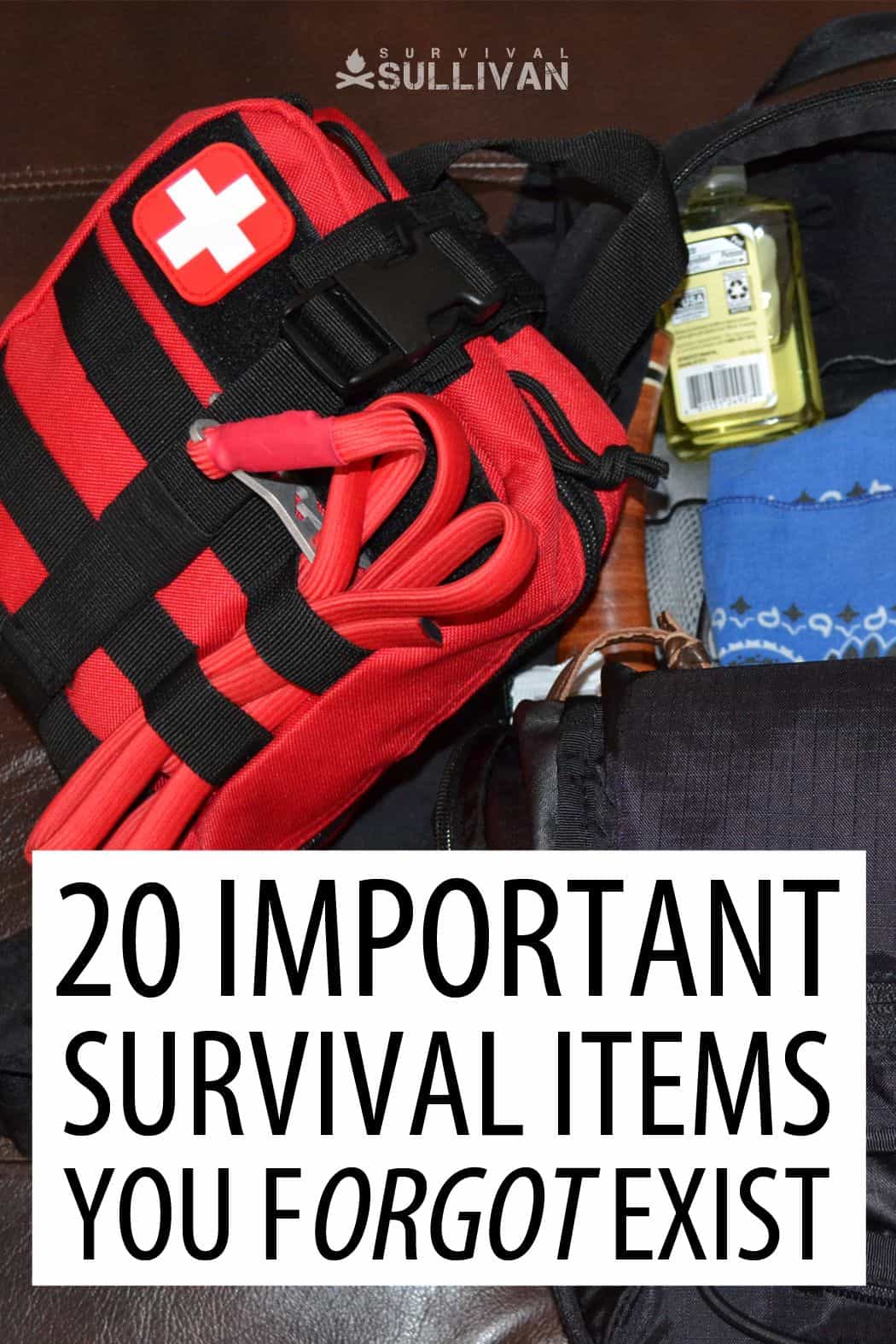

Tom Marlowe practically grew up with a gun in his hand, and has held all kinds of jobs in the gun industry: range safety, sales, instruction and consulting, Tom has the experience to help civilian shooters figure out what will work best for them.

Maybe you forgot they exist.
Not I.
Pity. Your usual excellent advice was poisoned by attempting to cast coffin nails in a positive light as a survival item for anything but barter.